Stephen King’s “Pet Sematary” has long haunted our nightmares, offering a chilling exploration of death, grief, and the supernatural. The film adaptations have brought this macabre tale to life, captivating audiences with its disturbing twists and turns. While many people are familiar with the basic storyline, there are fascinating behind-the-scenes facts and untold mysteries surrounding both the book and its cinematic adaptations. Let’s delve into some of these lesser-known facts that will intrigue even the most die-hard fans.
1. The Book That Almost Wasn’t Published
Despite becoming one of Stephen King’s most iconic works, “Pet Sematary” was nearly shelved. King initially believed the novel was too dark and disturbing to publish. He thought it crossed a line that might be too much for readers to handle. However, after needing to fulfill a contract obligation with Doubleday, he reluctantly handed it over, and the rest is history.
2. The Real-Life Pet Cemetery Inspiration
The inspiration behind the fictional “Pet Sematary” comes from a real pet cemetery located near Stephen King’s home in Orrington, Maine. King’s daughter Naomi’s cat, Smucky, was tragically hit by a car, and they buried him in that cemetery. The experience of explaining death to his young daughter profoundly impacted King and ultimately inspired the novel.
3. The Indian Burial Ground Is Fictional
In the novel and both film adaptations, the “Pet Sematary” lies near an ancient Micmac Native American burial ground. However, the association with the Micmac people is entirely fictional. King chose this name to add a layer of mystique and eeriness, but there is no historical connection between the Micmac people and any such burial ground.
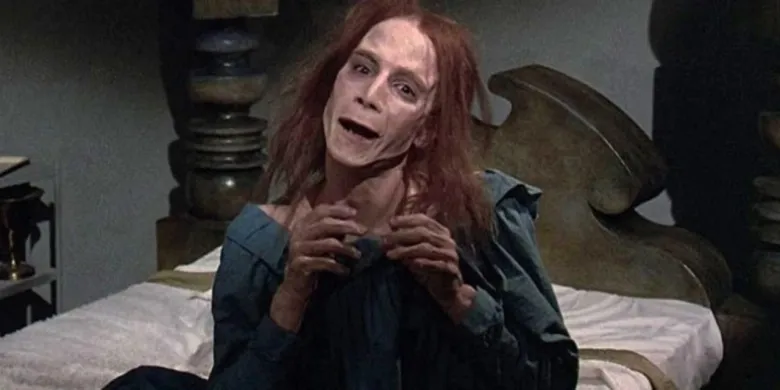

4. The Original Movie Had a Different Ending
The 1989 film adaptation, directed by Mary Lambert, originally featured a different, less ambiguous ending. Instead of the final, chilling scene where Louis Creed’s undead wife Rachel returns, the original ending showed Louis sitting in front of the fireplace, contemplating his actions. The test audience found the original ending unsatisfactory, prompting the filmmakers to change it.
5. A Star with Rock ‘n’ Roll Roots
Blaze Berdahl, who played Ellie Creed in the 1989 film, went on to have a unique career path. Besides acting, she became known as a voiceover artist and a DJ. Interestingly, her twin sister, Beau Berdahl, was also involved in the film industry, though Blaze received most of the attention for her role in “Pet Sematary.”
6. Bruce Campbell Was Almost Louis Creed
While Dale Midkiff ultimately portrayed Louis Creed in the original film, “Evil Dead” star Bruce Campbell was considered for the role. However, Campbell was unavailable due to scheduling conflicts.
7. Fred Gwynne’s Memorable Accent
Fred Gwynne, beloved for his role as Herman Munster in “The Munsters,” delivered an unforgettable performance as Jud Crandall. To perfect Jud’s thick New England accent, Gwynne worked closely with a dialect coach. His portrayal remains one of the most memorable aspects of the 1989 movie.
8. Stephen King’s Cameo
Stephen King is known for making cameo appearances in adaptations of his work, and “Pet Sematary” is no exception. In the 1989 film, King appears as the minister presiding over a funeral service. His presence adds a touch of authenticity to the film.
9. The 2019 Remake’s Twisted Changes
The 2019 remake, directed by Kevin Kölsch and Dennis Widmyer, made significant changes to the storyline that set it apart from the original. Notably, Ellie Creed, instead of Gage, is the child who dies and is resurrected. This twist provided a fresh take on the original story’s concept of grief and loss.


10. The Haunted House on Set
During the filming of the 1989 movie, the house used as the Creed family home was reportedly haunted. Crew members claimed to have witnessed strange occurrences, like lights switching on and off and doors opening by themselves. Some believed it was the work of spirits disturbed by the film’s dark subject matter.
11. The Film’s Connection to “The Shining”
Both the 1989 and 2019 adaptations share an Easter egg related to another iconic Stephen King novel, “The Shining.” In the 2019 film, a truck driver is shown listening to a radio broadcast about the Overlook Hotel, the setting of “The Shining.” This subtle nod ties King’s literary universe together in a chilling way.
12. “Pet Sematary Two”: The Controversial Sequel
The lesser-known sequel, “Pet Sematary Two,” was released in 1992 and directed by Mary Lambert. Despite its cult following, the sequel was not well-received, with many critics panning it for lacking the emotional depth and originality of the original film. The sequel focused on a new set of characters, namely Jeff Matthews (Edward Furlong) and his father Chase (Anthony Edwards). It involved another resurrection plot but failed to match the success of its predecessor.
13. The Role of Music in Setting the Tone
Both the original and the 2019 adaptation used music to set an eerie atmosphere. The 1989 film’s score, composed by Elliot Goldenthal, effectively enhanced the film’s chilling moments. The Ramones, one of Stephen King’s favorite bands, also contributed a song, “Pet Sematary,” specifically for the film. The 2019 remake had a haunting score by Christopher Young and included a cover of “Pet Sematary” by Starcrawler, paying homage to the original.
14. The Symbolism of the Wendigo
In both the book and the films, the Wendigo is a malevolent spirit thought to haunt the Micmac burial ground. Though not explicitly shown in the 1989 film, the Wendigo’s presence is felt, and it’s mentioned briefly by Jud Crandall. The 2019 remake provides a clearer visual reference to the Wendigo, suggesting it is the force responsible for reanimating the dead. In folklore, the Wendigo symbolizes insatiable hunger and greed, a theme that resonates in the film’s depiction of grief and loss.
15. The Psychological Impact on Actors
Several actors reported that working on the 1989 film took an emotional toll on them. Denise Crosby (Rachel Creed) found the subject matter deeply disturbing, particularly the scenes involving young children. Similarly, Dale Midkiff (Louis Creed) struggled with the emotional weight of playing a father who loses his child. The dark themes of the film created a somber atmosphere on set, lingering with the cast long after filming wrapped.
16. The Real-Life “Zelda” Inspiration
One of the most terrifying characters in “Pet Sematary” is undoubtedly Zelda, Rachel Creed’s sister who suffered from spinal meningitis. The character was portrayed by male actor Andrew Hubatsek to emphasize Zelda’s gaunt appearance. Stephen King based Zelda on a real-life experience: he had a sister who suffered from a similar illness, and her condition left a lasting impact on him.
17. The Town of Ludlow: A Fictional Setting with Real Influence
The fictional town of Ludlow, Maine, serves as the eerie backdrop of the story. While Ludlow doesn’t exist, Stephen King based it on the small towns he encountered in Maine. The town embodies the isolation and close-knit community spirit often found in rural New England, which amplifies the sense of dread and claustrophobia in the story.
18. Alternate Casting Choices in the 2019 Remake
For the 2019 adaptation, several actors were considered for key roles before the final cast was settled. Jason Clarke and Amy Seimetz were ultimately cast as Louis and Rachel Creed, respectively. However, John Lithgow, who played Jud Crandall, was almost replaced by another actor due to scheduling conflicts. Fortunately, Lithgow managed to keep the role, delivering a memorable performance.
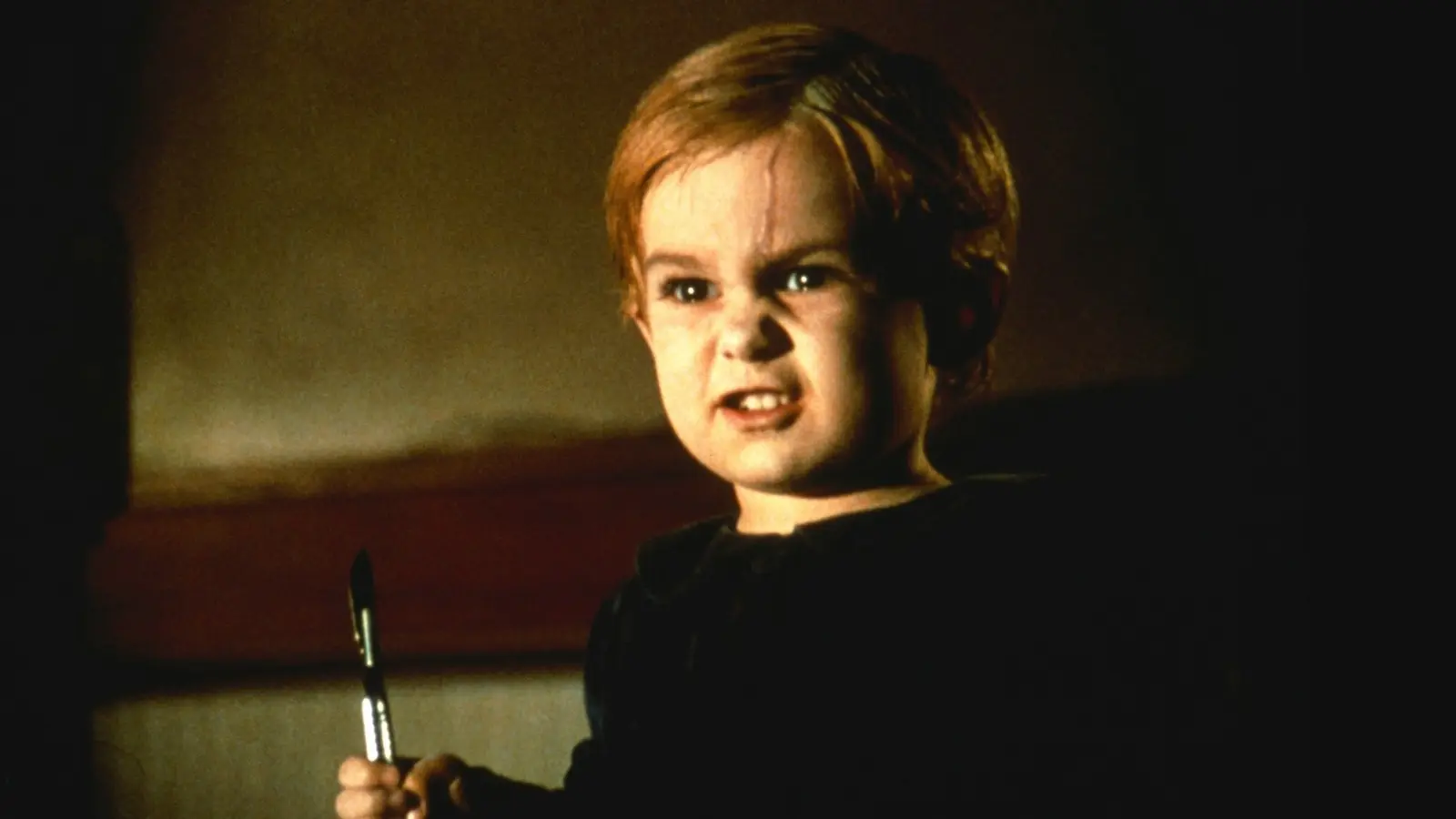

19. The Influence of Mary Lambert’s Vision
Director Mary Lambert brought a unique feminist perspective to the 1989 adaptation. She emphasized the themes of grief and family, particularly focusing on Rachel’s trauma surrounding her sister Zelda. Lambert’s vision shaped the film into a story that went beyond mere horror, exploring the emotional depths of the human psyche.
20. The Legacy of “Pet Sematary” in Pop Culture
“Pet Sematary” has left an indelible mark on popular culture. References to the story can be found in TV shows like “The Simpsons” and “South Park,” and the concept of a cursed burial ground has become a staple in horror fiction. The novel’s exploration of grief has inspired countless other works, solidifying “Pet Sematary” as one of the most influential horror stories of all time.
Conclusion
Stephen King’s “Pet Sematary” remains a chilling exploration of the human condition, grappling with themes like grief, death, and the supernatural. Both the 1989 and 2019 film adaptations have added layers to the story, creating a legacy that continues to fascinate and terrify audiences. Whether you’re a long-time fan or a newcomer, the lesser-known facts and behind-the-scenes stories surrounding “Pet Sematary” offer a deeper understanding of this macabre masterpiece. So, the next time you hear the eerie strains of The Ramones, remember: sometimes, dead is better.
Have your own theories or facts about “Pet Sematary”? Share them in the comments!


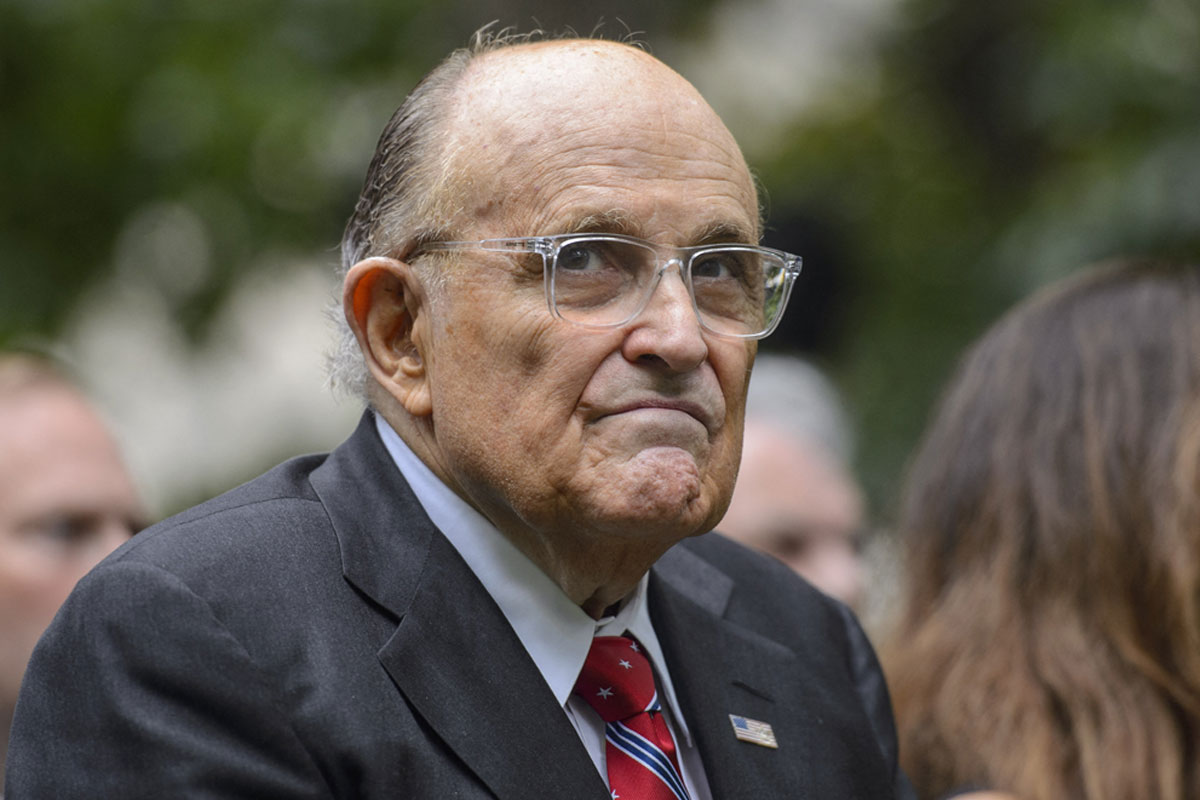




















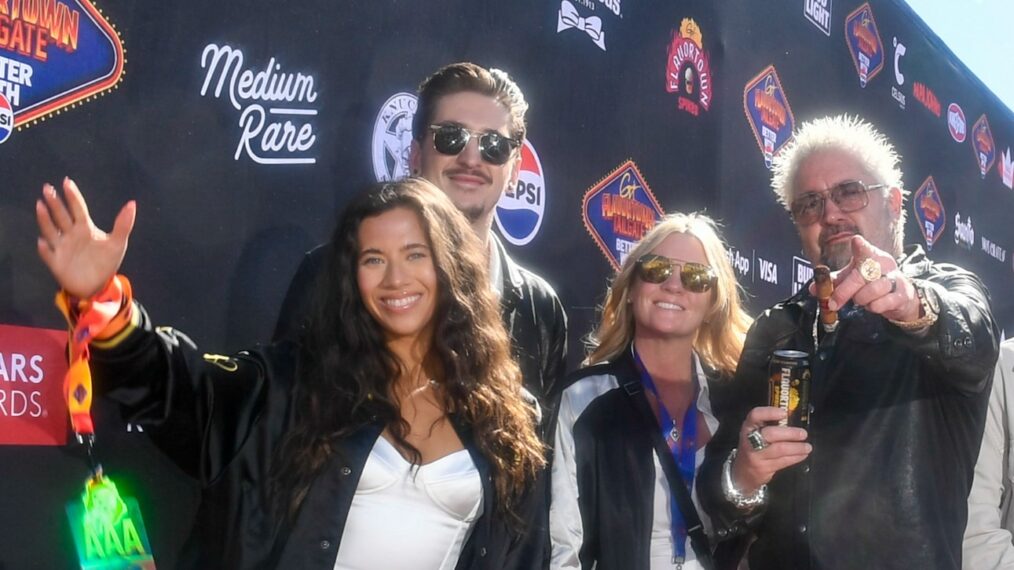
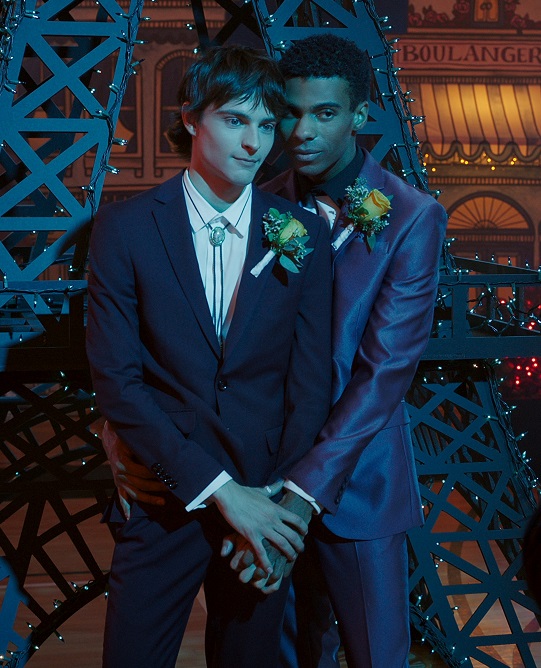

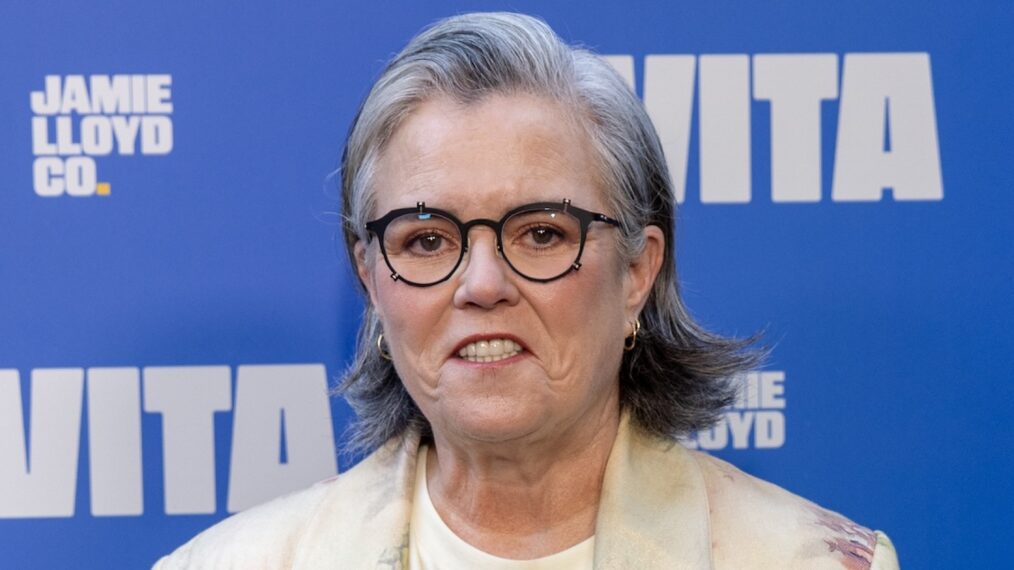
















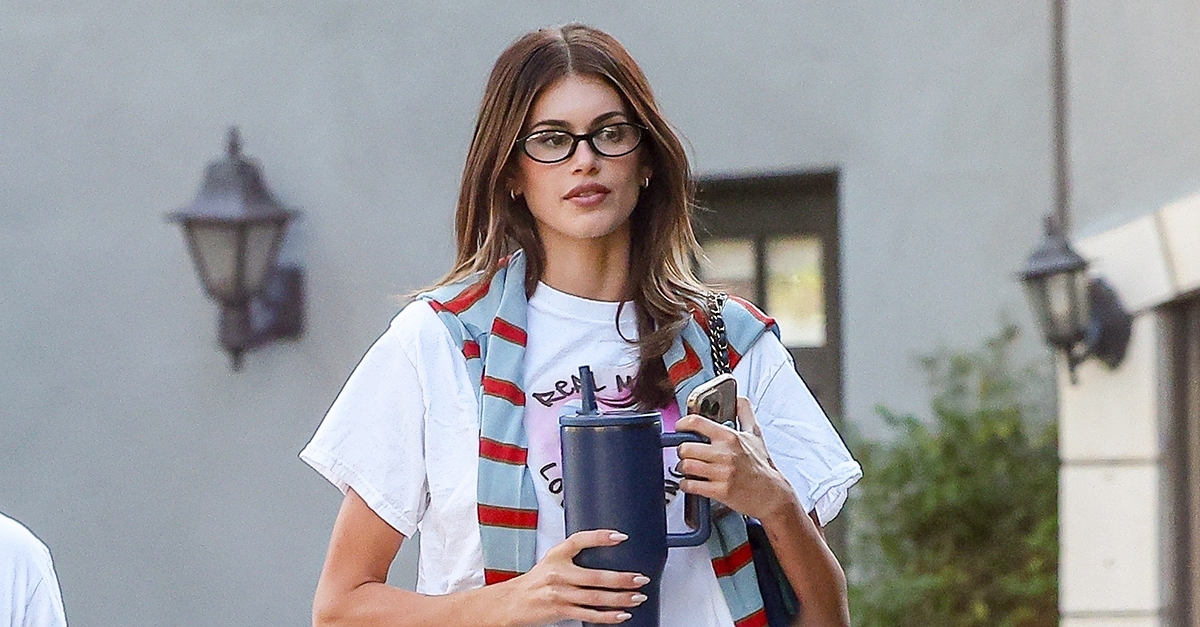
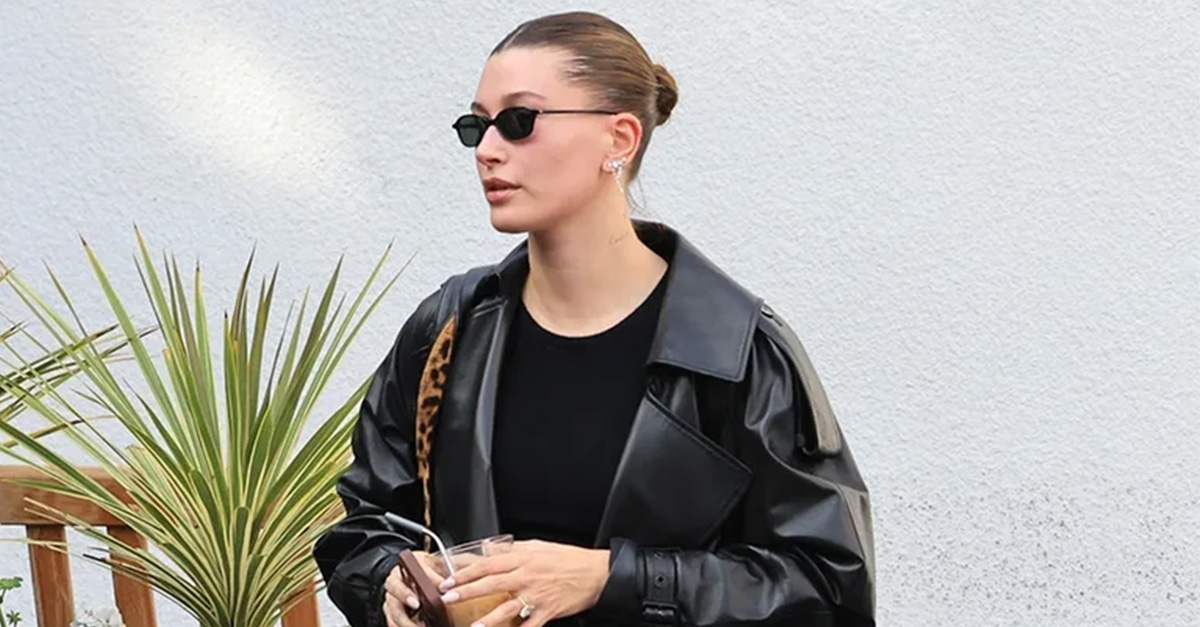












![YOUNG LAMA X VTEN – DOLLA BILLS II [ OFFICIAL MUSIC VIDEO FOR DOLLA BILLS PART 2 ] YOUNG LAMA X VTEN – DOLLA BILLS II [ OFFICIAL MUSIC VIDEO FOR DOLLA BILLS PART 2 ]](https://i.ytimg.com/vi/bWkxG08iEo4/maxresdefault.jpg)








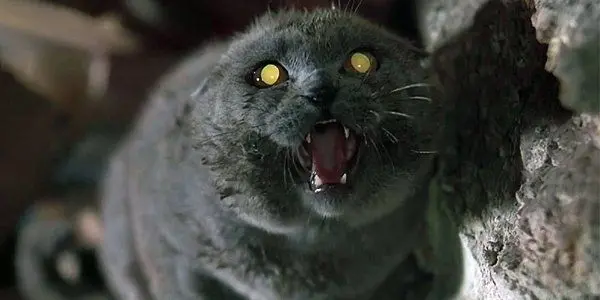












![‘Ghosts’ Recap: Season 1 Finale, Episode 18 — Jay [Spoiler]? ‘Ghosts’ Recap: Season 1 Finale, Episode 18 — Jay [Spoiler]?](https://tvline.com/wp-content/uploads/2022/04/ghosts-recap.jpg?w=620)




